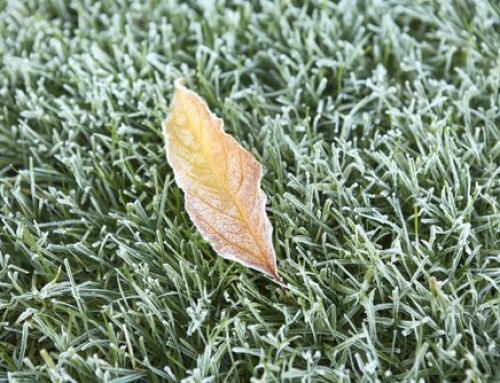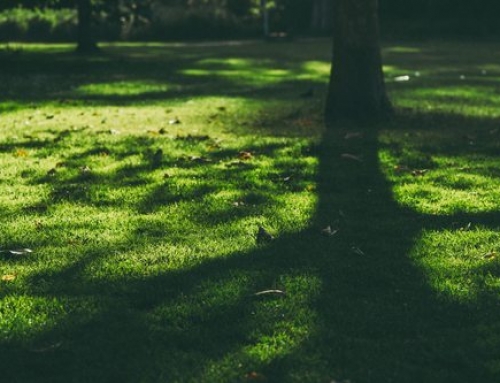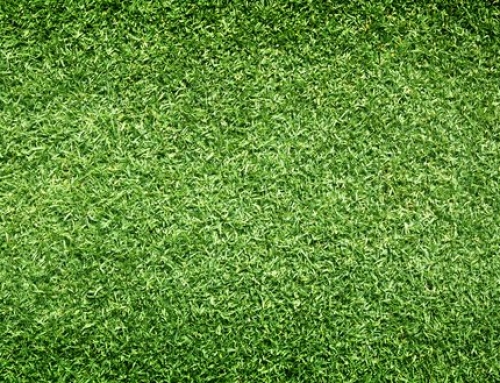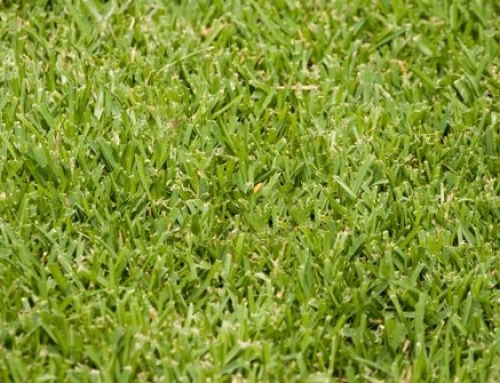How Does the Climate Affect Centipede Grass in South Carolina?
The exact timing of the spring green-up depends on the temperature and in South Carolina green-up temperature typically beings in April. During the green up period, the new growth is very delicate and can be harmed by herbicides in weed and feed products. In addition, feeding too early can cause growth that may be damaged by late cold fronts.
When is the Ideal Time to Fertilize Centipede Grass in South Carolina?
The best time to apply fertilizer to centipede grass is a few weeks after green-up and before temperatures reach 85° F. In South Carolina, we usually experience this mid-May, however, let your lawn be your guide.
Keep in mind when fertilizing Centipede grass:
- Centipede grass does not respond well to high doses of fertilizer. Too much nitrogen will cause a growth susceptible to disease, and phosphorus will deplete iron levels. It is recommended that you use a phosphorus-free fertilizer such as 15-0-15, with only about 2 pounds of nitrogen per 1000 square feet.
- If you to treat your lawn earlier than recommended, use fertilizer only rather than a weed and feed product.
- Never apply fertilizer until after all forecasts of frost have passed.
- General-purpose weed and feed products can be deadly to this type of lawn. Make sure you purchase a product specifically designed and labeled for Centipede grass.
- Weed and feed are difficult with Centipede grass, because the grass does better with a late application, but weeds are more affected by an earlier application – giving a narrow window of time for good results.
- Centipede grass does not have a true period of winter dormancy, unlike Zoysia and other warm-season grasses. In very mild climates, it may remain green all winter. However, this lack of dormancy leaves it vulnerable to winter cold. When temperatures drop, Centipede grass can sustain damage, but repeated injuries over winter can prove fatal.
What are the Maintenance Requirements for Centipede Grass in South Carolina?
Avoid excessive foot traffic. Centipedegrass lawns are not as rugged as other kinds of grass lawns. Centipede grass does not do well with foot traffic and the recovery from wear and tear will be slow.
Watering. Centipede grass has shallow roots and it tends to turn brown sooner than other types of grass during drought and heat. Water Centipede grass when you see wilting, rolling leaves or when the grass turns grayish-green. Then apply about an inch of water, or enough to wet the soil to a depth of 6 to 8 inches.
Drainage. Provide good surface and subsurface drainage for Centipede grass since excess moisture is ideal for disease development. If your lawn has depressions, top-dress them with sand. Make sure leaf blades of Centipede grass show through the sand. Top soil and core aerating are best done from May through August to help surface drainage.
In poorly drained soils, top soil with sand may not provide good enough drainage and a drainage system may need to be installed. It is vital to move the excess water away from Centipede grass.
Shade. In a few cases, shading from trees caused the lawn to be wet longer than if had full sun exposure. Thinning tree branches, removing lower tree limbs, or removing trees may be an option to improve drying of these areas. Grasses grow best in full sun.
Nutrition. The nutrient requirements of centipedegrass are different from most other turfgrasses. An acid soil pH of 5.0 to 6.0 is preferred by this turfgrass species. As the pH goes above 6.0, Iron (Fe) availability decreases. Iron deficiency causes the grass to become chlorotic or yellow. A high phosphorous level also renders iron unavailable in the soil, resulting in chlorotic symptoms. Centipede grass has a lighter green foliage than most other turfgrasses. It will become dark green with excessive nitrogen applications, which can be a primary cause of centipede grass decline. Additionally, unwarranted nitrogen can lead to thatch build-up and disease problems.
Schedule month-by-month tasks for Centipede lawns as you would other warm-season grasses. Seeding new lawns and overseeding thin lawns are best done in spring, as active growth begins. Proper preparation and conditions are important and once established, Centipede grass requires very little fertilizer.
Th experts at Nimmer Turf have vast experience with Centipede grass as well as other warm-season grasses. Take advantage of our free consultation and estimate if you are considering planting Centipede grass to ensure success. Contact Nimmer Turf today and let our team work with yours.






